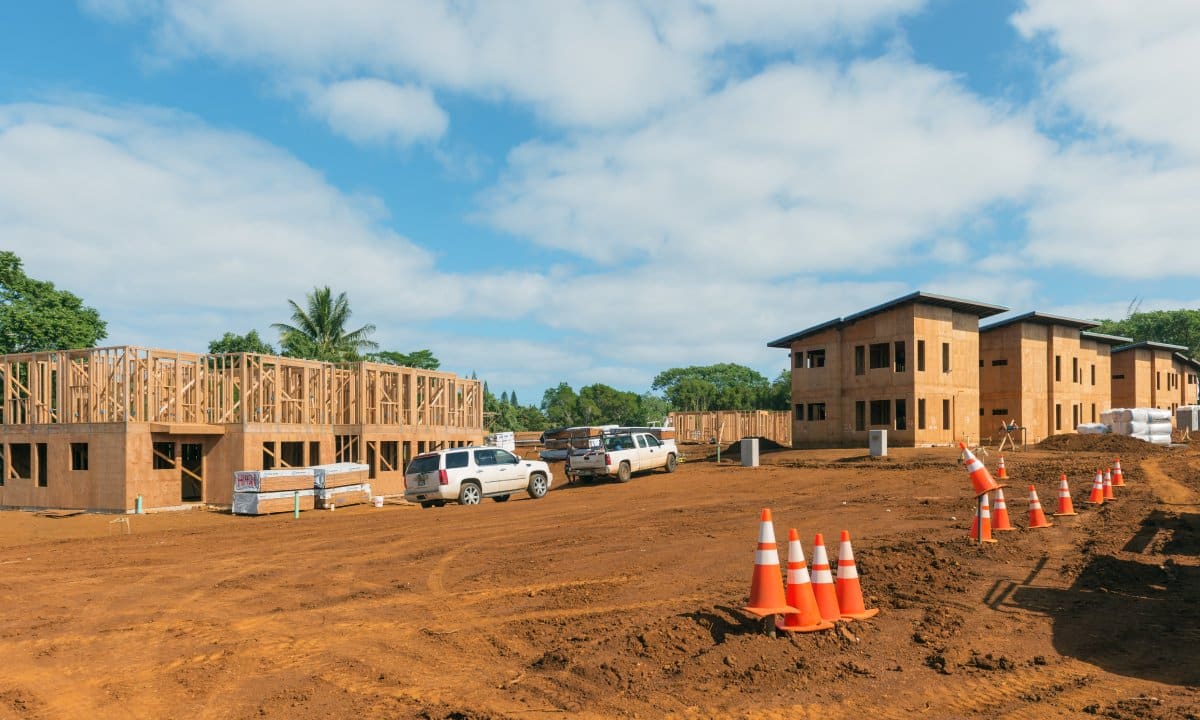Hawaii is facing a severe housing crisis, with median home prices over $900,000 and average rents for a two-bedroom apartment exceeding $2,500. Governor Josh Green has introduced new policies to address these soaring costs. Can his initiatives provide the needed relief, or is affordable housing slipping further out of reach for locals?
Understanding the Core Issues

Hawaii’s housing crisis is driven by high demand, low supply, and speculative investment, leading to skyrocketing property values and rental rates. This has created significant barriers to affordable living for many residents across the islands.
The Evolution of Housing in Hawaii

For decades, Hawaii’s housing market has been influenced by its appeal as a tourist and investment destination. This appeal has driven up land and property prices, often sidelining local needs and resulting in a chronic shortage of affordable homes.
Current Trends and Data

Recent data highlights the severity of the crisis. According to the Hawaii Association of Realtors, the median home price has surged to over $900,000, and average rents for a two-bedroom apartment frequently exceed $2,500 per month. Hawaii’s homelessness rate is one of the highest in the nation, with significant increases in families experiencing homelessness.
Gov. Green’s New Initiatives

Gov. Green has launched several initiatives aimed at mitigating the housing crisis. His administration has earmarked $500 million for affordable housing development, proposed new zoning laws to increase housing density in urban centers, and offered financial incentives to developers who build affordable units. “We are committed to making sure every resident has access to a safe and affordable home,” said Gov. Green.
Expert Insights on Housing Solutions

Housing experts and urban planners emphasize that while Governor Green’s initiatives are a positive step, they require robust implementation and must be part of a larger, comprehensive strategy. “We need a multi-faceted approach that addresses both short-term and long-term needs,” says Professor James Mak of the University of Hawaii.
Community Efforts

Across the islands, community groups have initiated projects to tackle the affordable housing shortage. Organizations like the Hawaii Community Land Trust are working to secure land for affordable housing developments. Several nonprofits have focused on building and managing affordable rental units that remain within financial reach for lower-income families.
The Role of Federal and State Coordination

Addressing Hawaii’s housing crisis effectively will necessitate enhanced coordination between state and federal agencies. Senator Brian Schatz has highlighted the importance of such coordination, stating, “Federal support must complement state efforts to create lasting solutions.”
Evaluating Policy Outcomes

As new policies take effect, their success will be measured by changes in housing affordability, construction rates of affordable units, and reductions in homelessness. Ongoing evaluation is key to adjusting strategies to meet the diverse needs of Hawaii residents. The Hawaii Housing Finance and Development Corporation (HHFDC) is tasked with tracking these metrics to provide feedback on the new policies.
What’s Next for Housing in Hawaii?

With the stakes so high, the future of Hawaii’s housing market is more than a matter of policy—it’s about preserving the state’s unique culture and ensuring it remains accessible not just to the wealthy, but to all who call Hawaii home.
Featured Image Credit: Shutterstock / Christian Weber.
For transparency, this content was partly developed with AI assistance and carefully curated by an experienced editor to be informative and ensure accuracy.





